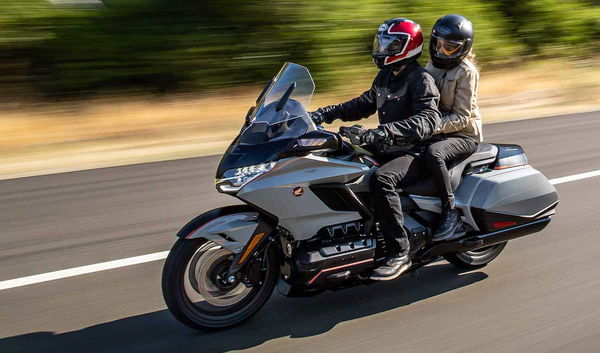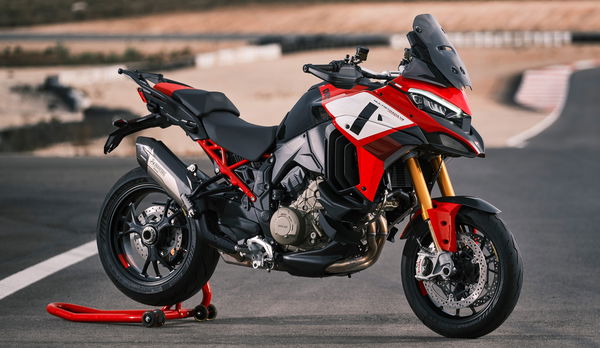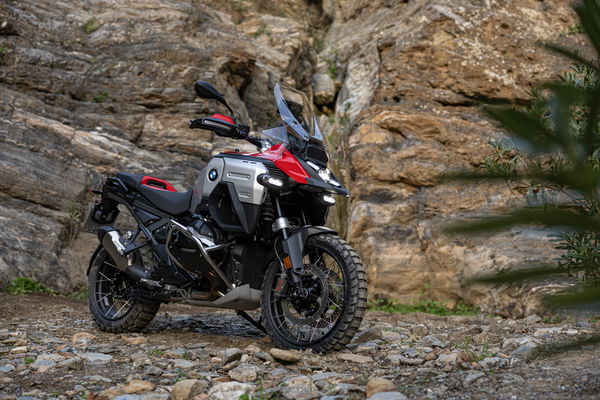Honda sets target for 15% electric motorcycle sales by 2030
Honda sets itself a target of ensuring at least 15% of all new models - around 2.5 million in total - sold by 2030 will be electric powered

If you’re a car enthusiast with a keen eye on what’s happening in the four-wheel world then it won’t have escaped your notice that Honda has just launched the brand-new, tenth generation Civic.
A historic model with a long lineage, its launch nonetheless heralds a significant moment for the storied Japanese brand for other reasons as it becomes the last model in its European range to get an electrified hybrid option, joining the Jazz, HR-V, CR-V and all-electric e.
It means Honda is well on the way towards its goal of completely electrifying its range before investing a mammoth $40 billion in launching as many as 30 electric models by 2030.
It’s a significant investment but one that hasn’t quite trickled down to its motorcycling arm, which while not as voluminous as its four-wheel counterparts, bears a greater significance since Honda holds a bigger two-wheel market share than it does in the busier four-wheel space.
Interestingly, given its commitment to electric power in cars, Honda has been relatively slow on the uptake in applying the same methodology to its motorcycles with no significant electric models appearing as yet and seemingly none on the immediate horizon.
That doesn’t mean they aren’t on the way with Honda focusing primarily on testing the electric waters on the commercial side of its business, such as electric Honda rickshaws for India, as well as the Benly-e, Canopy-e and Gyro-e delivery-focused models for its native Japanese market.
Nevertheless, things are going to ramp up soon with Honda releasing its sustainability report and declaring 15% target of its motorcycle sales by 2030 to drink from the electric plug.
While that doesn’t sound like much, broken down into figures it is significant. Honda sold 16.8 million scooters, motorcycles and powersports models in 2021, but just 0.01% of these were electric. So less than 2,000 models.
Taking this total figure and applying 15% to it, Honda wants to grow its electric sales to more than two million in just seven years. If we took Honda’s record pre-COVID sales of 20 million into account, this figure swells to more than three million.
It’s a lofty target but one it is confident of achieving, not least because it is focusing less on the models that will lead its charge, and more on the infrastructure that improves convenience and adoption.
Among these plans is the development of swappable battery technology, a format used increasingly widely in Asia as a means of putting your flatter battery into a publicly available charging station and placing a fully charged one back in.
It’s also working on a clever form of ‘Sensing 360’ data connectivity between its models and those of other manufacturers - namely BMW, KTM and Yamaha - that will allow its two-wheelers to communicate with each other to determine where they are for safety reasons and to learn more about road traffic incidents.











